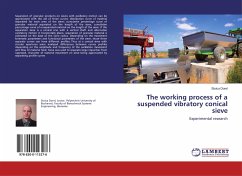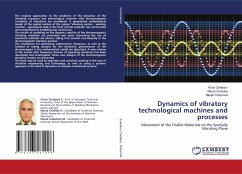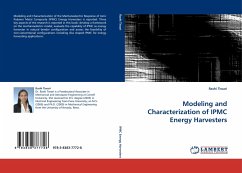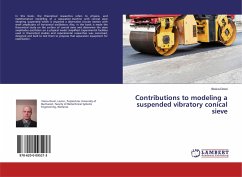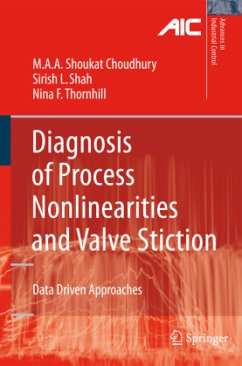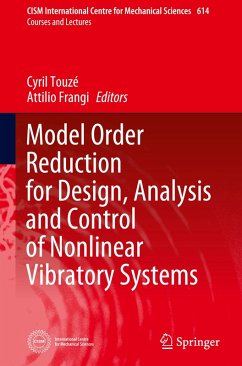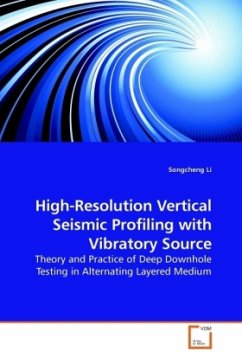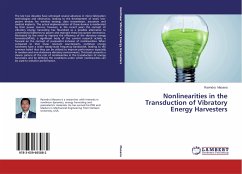
Nonlinearities in the Transduction of Vibratory Energy Harvesters
Versandkostenfrei!
Versandfertig in 6-10 Tagen
43,99 €
inkl. MwSt.

PAYBACK Punkte
22 °P sammeln!
The last two decades have witnessed several advances in micro-fabrication technologies and electronics, leading to the development of small, low-power devices for wireless sensing, data transmission, actuation and medical implants. The actual implementation of these devices is moderated by their power sources, however, in the recent years the concept of vibratory energy harvesting has flourished as a possible alternative to conventional batteries to power and maintain these low-power electronics. Motivated by the need to improve the efficiency of the vibratory energy harvesters(VEHs), a signif...
The last two decades have witnessed several advances in micro-fabrication technologies and electronics, leading to the development of small, low-power devices for wireless sensing, data transmission, actuation and medical implants. The actual implementation of these devices is moderated by their power sources, however, in the recent years the concept of vibratory energy harvesting has flourished as a possible alternative to conventional batteries to power and maintain these low-power electronics. Motivated by the need to improve the efficiency of the vibratory energy harvesters(VEHs), a significant body of the current research activity is focused on the concept of purposeful inclusion of nonlinearities. When compared to their linear resonant counterparts, nonlinear energy harvesters have a wider steady-state frequency bandwidth, leading to the common belief that they can be utilized to improve performance especially in random and non-stationary vibratory environments. This book presents a clearer picture of the role of nonlinearities in the transduction of energy harvesters and by defining the conditions under which nonlinearities can be used to enhance performance.



